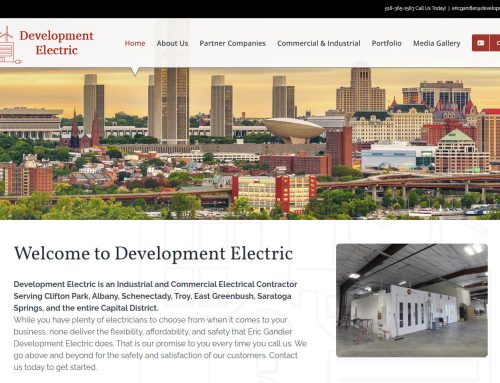Land development is both an art and a science, a delicate dance between vision and practicality. When it comes to commercial property, this dance becomes even more intricate, as the stakes are higher and the possibilities broader. In this article, we delve into the world of land development for commercial purposes, exploring the key aspects, challenges, and opportunities that developers and investors encounter in this dynamic realm.
The Foundation: Understanding Land Development
At its core, land development is about transforming raw land into a functional and valuable asset. For commercial purposes, this often means creating spaces that cater to businesses, retail outlets, offices, or a blend of these and other commercial ventures. The process typically involves zoning considerations, infrastructure development, environmental assessments, and regulatory compliance.
Zoning and Regulations
One of the first steps in land development for commercial property is understanding zoning regulations. Zoning laws dictate how land can be used in a specific area, whether it’s for residential, commercial, industrial, or mixed-use purposes. Developers must navigate these regulations to ensure their projects align with local zoning ordinances.
Infrastructure and Utilities
Another crucial aspect of land development is infrastructure and utilities. Commercial properties require access to water, sewer systems, electricity, and other essential services. Developers must plan and coordinate with utility providers to ensure these services are in place to support the intended commercial activities.
Environmental Considerations
Environmental assessments play a significant role in land development, particularly for commercial projects. Developers must evaluate potential environmental impacts such as soil contamination, water quality issues, or habitat disruption. Mitigation measures and adherence to environmental regulations are essential to ensure sustainable development practices.
Design and Planning
Design and planning are where the artistic and creative elements of land development shine. Architects, urban planners, and designers collaborate to envision commercial spaces that are not only functional but also aesthetically pleasing and conducive to business operations. Factors such as building layout, accessibility, parking, landscaping, and amenities are carefully considered during this phase.
Challenges and Opportunities
Land development for commercial property comes with its share of challenges. Economic fluctuations, regulatory complexities, community opposition, and environmental concerns can pose significant hurdles. However, these challenges also present opportunities for innovation, sustainable practices, community engagement, and adaptive strategies that enhance the value and viability of commercial developments.
Trends and Innovations
The landscape of commercial property development is continually evolving, driven by technological advancements, changing consumer preferences, and market dynamics. Trends such as mixed-use developments, green building practices, smart technologies, and experiential retail spaces are reshaping how commercial properties are designed and utilized.
Conclusion
Land development for commercial property is a multifaceted endeavor that blends strategic planning, creative design, regulatory compliance, and market insights. Successful projects require a balance of vision, expertise, and collaboration among developers, investors, architects, engineers, and other stakeholders. As the demand for innovative commercial spaces grows, the art and science of land development will continue to play a vital role in shaping our urban and commercial landscapes.





